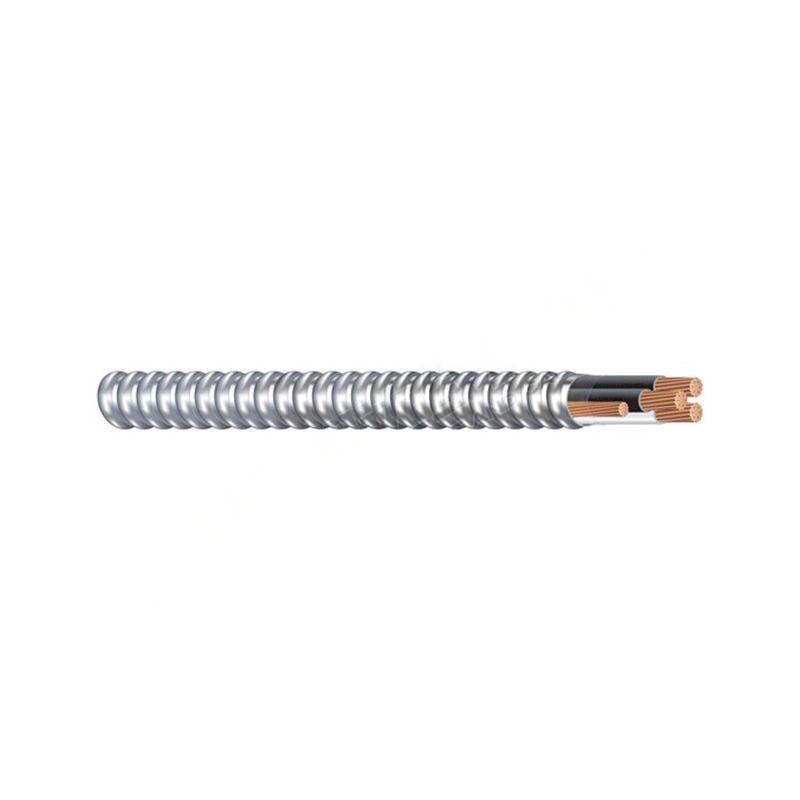10 月 . 10, 2024 16:18 Back to list
high performance butterfly valve
High-Performance Butterfly Valve A Key to Efficient Fluid Control
In the realm of fluid control systems, the selection of appropriate valves is crucial for ensuring operational efficiency and reliability. Among various valve types, the high-performance butterfly valve stands out as a preferred choice in many industrial applications. Characterized by its unique design and functionality, this valve plays a vital role in regulating the flow of liquids and gases.
Design and Construction
High-performance butterfly valves are designed with a circular disc, which pivots around a central axis to control the flow. Unlike traditional butterfly valves, which may have limitations in terms of pressure and temperature resistance, high-performance variants are constructed using advanced materials that can withstand extreme conditions. Common materials include stainless steel, ductile iron, and specialty alloys, all designed to provide exceptional durability and corrosion resistance.
The sealing mechanism in high-performance butterfly valves is engineered to ensure a tight shut-off, minimizing leakage. Typically, these valves feature a resilient seat made from elastomers or PTFE, which enhances their sealing capability and provides longevity. The design also often incorporates a dual-seal arrangement, allowing for better performance in high-pressure applications.
Advantages of High-Performance Butterfly Valves
1. Efficiency and Quick Operation The quick quarter-turn operation of a butterfly valve means that it can open and close much faster than other types of valves, such as gate or globe valves. This quick response time is particularly beneficial in applications requiring rapid flow adjustments.
2. Space-Saving Design High-performance butterfly valves are compact and lightweight compared to other valve types. This makes them ideal for installations where space is limited, as they can be integrated easily into piping systems without adding significant weight or bulk.
high performance butterfly valve

3. Versatility These valves are suitable for a wide range of applications across various industries, including water treatment, chemical processing, oil and gas, food and beverage, and HVAC systems. Their ability to handle different media—from slurries to gasses—makes them a versatile choice.
4. Cost-Effectiveness While the initial investment in high-performance butterfly valves may be higher than that of standard valves, their long life span and minimal maintenance requirements translate into lower overall operational costs. Additionally, their efficient flow control can lead to energy savings in pumping applications.
Applications and Industries
High-performance butterfly valves are prevalent in diverse industries. In water treatment plants, they manage the flow of treated water and sludge, ensuring efficient processing. In the oil and gas sector, these valves are utilized for their ability to handle harsh chemicals and high pressures. The food and beverage industry also benefits from their hygienic designs, which prevent contamination.
Moreover, as industries move towards automation, high-performance butterfly valves can be easily integrated with control systems, allowing for remote operation and monitoring. This capability enhances operational safety and efficiency, leading to better process management.
Conclusion
The high-performance butterfly valve is an essential component in modern fluid control systems, combining efficiency, durability, and versatility. As industries continue to evolve and demand more reliable solutions, these valves will play an increasingly important role in ensuring that fluid systems operate smoothly and efficiently. Their ability to adapt to various applications and environments makes them a cornerstone in the quest for improved process performance and reliability. Investing in high-performance butterfly valves is not only a smart choice for immediate needs but also a strategic decision for long-term operational success.
Share
-
Understanding the Differences Between Wafer Type Butterfly Valve and Lugged Butterfly ValveNewsOct.25,2024
-
The Efficiency of Wafer Type Butterfly Valve and Lugged Butterfly ValveNewsOct.25,2024
-
The Ultimate Guide to Industrial Swing Check Valve: Performance, Installation, and MaintenanceNewsOct.25,2024
-
Superior Performance with Industrial Swing Check Valve: The Essential Valve for Any SystemNewsOct.25,2024
-
Industrial Swing Check Valve: The Ideal Solution for Flow ControlNewsOct.25,2024
-
You Need to Know About Industrial Swing Check Valve: Functionality, Scope, and PerformanceNewsOct.25,2024